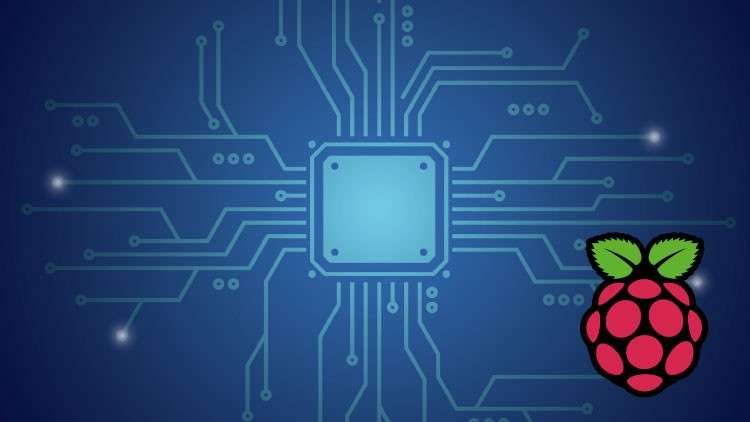
Master Raspberry Pi, Python for Raspberry Pi, Accessing GPIO pins, PiCamera, Networking using sockets, Home automation
What you will learn
Learn about Raspberry Pi introduction and setup, Python for Raspberry Pi
Accessing GPIO pins, PiCamera
Learn Networking using sockets
Learn Home automation
Description
In this course, we will be learning about Raspberry Pi introduction and setup, Python for Raspberry Pi, Accessing GPIO pins, PiCamera, Networking using sockets and finally Home automation.
IoT is bringing more and more things into the digital fold every day, which will likely make it a multi-trillion dollar industry in the near future. Building your own project on IoT will help you practically learn how engineering is applied on this amazing technology.
Through this training we shall learn about the essentials of Raspberry Pi specifically required for Internet of Things (IoT) technology.
The training will include the following;
1. Setup and package installations
2. Python modules for Raspberry Pi
3. GPIO, Tkinter, socket-IO, networking
4. Applications with Picamera, Twython, SMTP(email), etc.
5. Dealing with databases, Blynk, Thingspeak
6. Data analysis and plotting
7. Automation and monitoring
The primary goal of this course is to train everyone willing to master the Internet of Things. We have included all the concepts in the course which will help the trainees to achieve expertise in working with this technology. All the skills that must be required by one to leverage this technology proficiently will be practiced in this course. IoT Raspberry Pi with Projects is the fourth and one of the important unit which has been introduced to make you understand how Raspberry Pi endorses Internet of Things. You will also get the chance to work on a minor project that will fortify your understanding of IoT. The Internet of Things or IoT is nothing but a system of interrelated computing devices such as CPU and OS along with a mechanical and digital machine such as a sensor and some objects, animals or people that are provided with some sort of unique identifiers or access token and the ability to transfer data over a network based on the internet, intranet, etc. without requiring any kind of human-to-human or human-to-computer interaction. If this seems quite complicated, do not worry. Let’s just focus on some simple derivation of the above definition. In the case of IoT, all the things connected to the internet can be put into three major categories:
- Those that collect information and send it like the transmitter.
- Those that receive information and act on it such as receiver and processor.
- Things that do both such as compounder.
Content